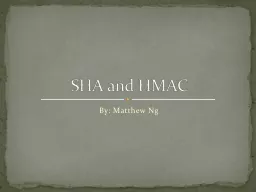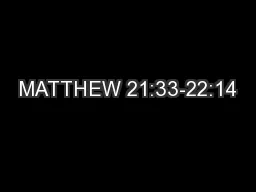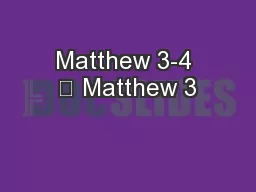PPT-By: Matthew Ng
Author : myesha-ticknor | Published Date : 2016-07-01
SHA and HMAC SHA stands for Secure Hash Algorithm It is based off the MerkleDangard hash function There are 3 versions of it with one coming in 2012 SHA0 SHA1
Presentation Embed Code
Download Presentation
Download Presentation The PPT/PDF document "By: Matthew Ng" is the property of its rightful owner. Permission is granted to download and print the materials on this website for personal, non-commercial use only, and to display it on your personal computer provided you do not modify the materials and that you retain all copyright notices contained in the materials. By downloading content from our website, you accept the terms of this agreement.
By: Matthew Ng: Transcript
Download Rules Of Document
"By: Matthew Ng"The content belongs to its owner. You may download and print it for personal use, without modification, and keep all copyright notices. By downloading, you agree to these terms.
Related Documents














